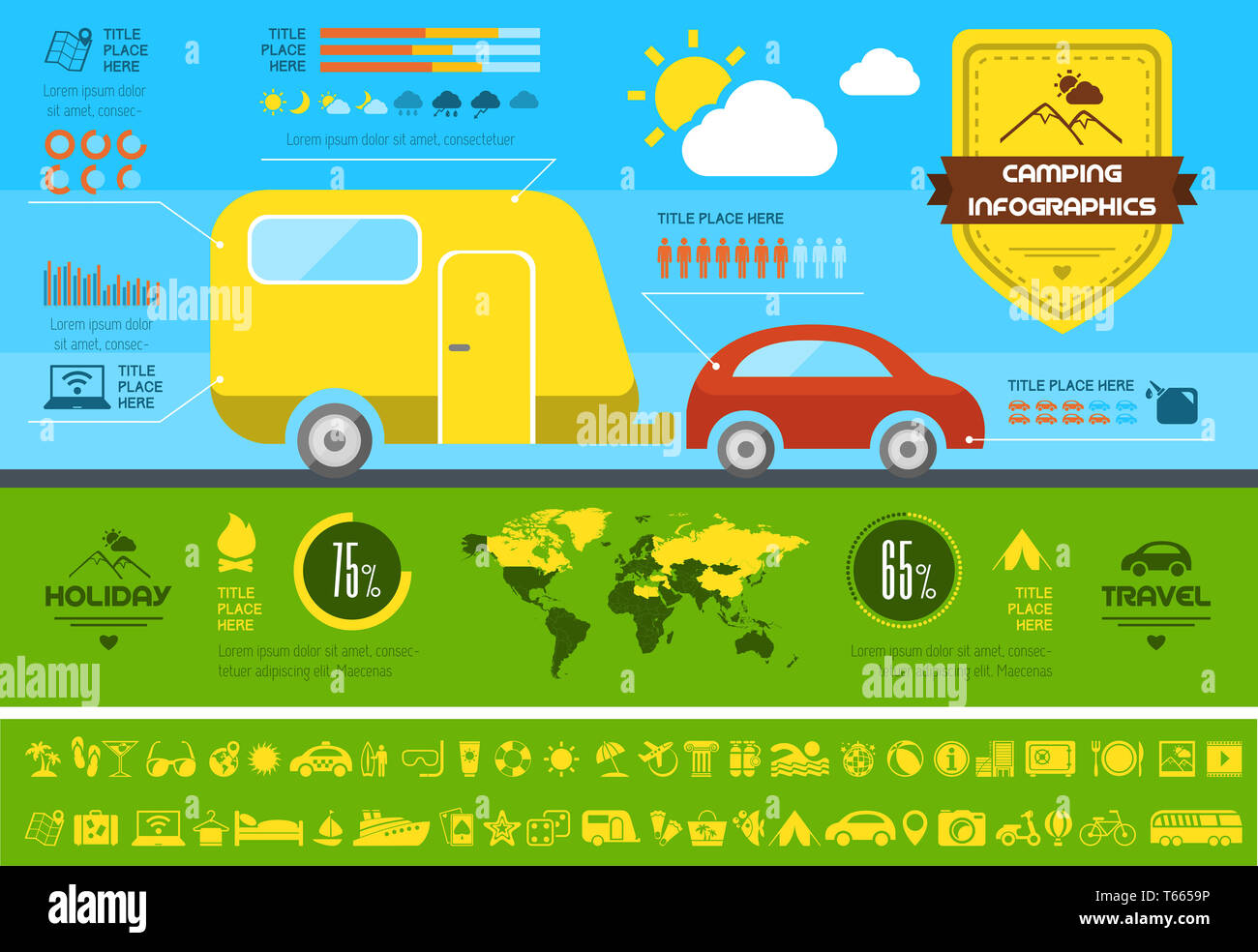Tips On How To Sell Camping Tents And Operate A Thriving Profit Venture
Tips On How To Sell Camping Tents And Operate A Thriving Profit Venture
Blog Article
Does Your Backpacking Camping Tent Need an Impact?
A footprint is costly and includes additional weight to your knapsack. It additionally isn't specifically long lasting.
What do you call a campsite without a tent?
Ultimately, whether or not a tent footprint is required depends upon where and how typically you're camping. Generally, it's a good idea to use one if you camp on unpleasant surface areas or in damp problems.
Outdoors Tents with Reduced Deniers and Water-proof Scores
Camping tents with reduced deniers and water resistant scores have a tendency to be lighter, however they can likewise be much more fragile. They may require more frequent repairs and have much less indoor area than tougher models. If you're a casual backpacker that suches as to take a trip quick and light, this may be fine; nevertheless, more experienced hikers recognize that giving up longevity can feature large consequences down the trail.
The denier and waterproof ranking of an outdoor tents's cover, rainfly, and flooring can assist you determine its livability. Look for higher-denier textiles on the cover and rainfly, in addition to taped seams that help prevent water from permeating via stitches. Some producers even use warmth and sealer during construction to create a more powerful joint; these are called welded seams.
The livability of an outdoor tents can additionally be figured out by its floor dimensions and ability. An outdoor tents's floor ought to be slightly smaller sized than the impact to prevent water from pooling under the sanctuary.
Camping Tents in Rough Terrain
Many backpacking outdoors tents consist of a footprint designed particularly for their design, which helps make certain an appropriate fit and safeguards the tent's base from dampness and sharp items. Other manufacturers market universal footprints that can be reduced or folded to match a tent's measurements.
The kind of terrain you'll run into is one more essential factor to consider for selecting a tent. As an example, if you'll be camping in a canyon or gully, search for a shelter that can take care of strong winds. These conditions develop turbulence that can make the distinction in between appreciating your camping area or enduring pain.
The ability and top height of an outdoor tents provide you an excellent concept of its livability, but added elements to consider consist of vestibules (the section of the rainfly covering the doors) and total storage area. For example, throughout our winter screening of the Marmot Tungsten, its generous 93-by-82-inch flooring quickly took care of 4 sweaty backpackers and their puffier shoulder period sleeping bags while still leaving adequate room for equipment and people.
Tents in Damp Conditions
Even if your camping tent appears completely dry, moisture prowls in the nooks and crannies. With time, it can deteriorate the textile. That's why it's so essential to benefit from rest days to deep-clean your outdoor tents and its elements, such as zipper cellular linings, stake loops and flexible webbing straps.
Additionally, ensure to pitch your outdoor tents in a flat location, not a divot or concave spot, to ensure that ground water doesn't collect in between the camping tent flooring and footprint or tarp. And if you're making use of a footprint, take into consideration a custom-cut one developed for gifts for hikers and campers your outdoor tents's floor plan. It will not gather rain the way a common ground cloth or tarp can.
Method establishing and removing your outdoor tents in your home prior to you hit the road, to obtain a feel for how swiftly and effectively you can do it. Additionally, practice scouting your outdoor tents in different surfaces to see just how simple it is (or isn't) to do in bad climate condition.
Tents in High-Rise Situations
Outdoors tents vary in floor dimension and livability. For example, a big outdoor tents with dual doors and vestibules like Marmot's Tungsten can deal with 4 backpackers without requiring gymnastics to enter and out or to save equipment.
The minimum path weight requirements is the best specification to contrast models, as it consists of the bare basics: tent body, rainfly and poles. Yet keep in mind that the spec excludes camping tent risks, man lines and things sacks.
Most backpacking camping tents can stand up to a light summer storm, yet some can be swept away by gale-force gusts. Look for a design with solid poles, an increased bathtub-style flooring and joint taping to decrease the possibility of water permeating through. More expensive styles additionally tend to feature stronger products that can stand up to the impact of debris and various other pressures.
What is the lightest 3 person tent?
